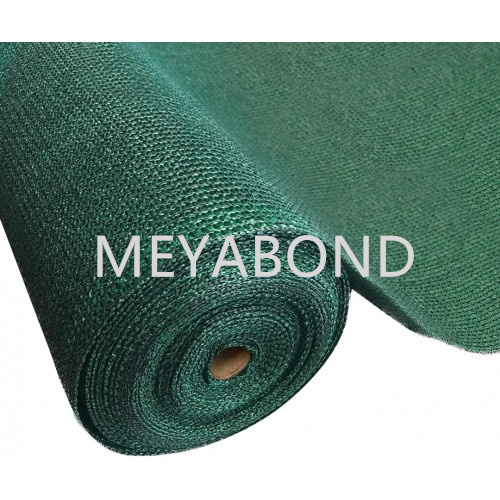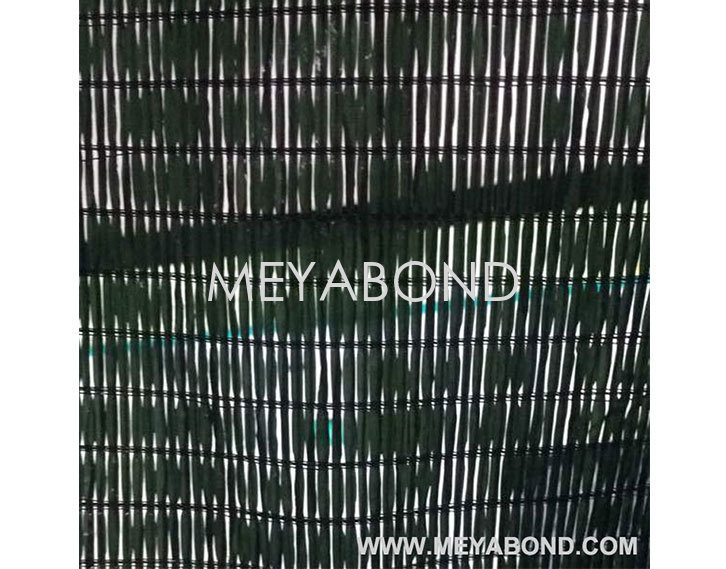Maximizing Crop Yields with China Woven Shade Cloth: A Comprehensive Guide
Maximizing Crop Yields with China Woven Shade Cloth
Introduction to Woven Shade Cloth for Agriculture
In the ever-evolving world of agriculture, maximizing crop yields remains a top priority for farmers and agricultural businesses. One effective solution gaining traction is the use of **China woven shade cloth**. This material not only provides essential protection against harsh weather conditions but also enhances the growth potential of various crops. In this article, we will delve into the benefits, applications, and best practices associated with using woven shade cloth in agricultural settings.
The Importance of Shade in Agriculture
Understanding the role of shade in agriculture is vital for farmers aiming to increase their productivity. Shade plays a critical role in regulating temperature, reducing water loss, and creating optimal growth conditions. By utilizing woven shade cloth, farmers can create a microclimate that promotes healthy plant development while protecting crops from excessive sun exposure, wind, and pests.
Key Benefits of Using Woven Shade Cloth
1. Temperature Regulation
Woven shade cloth effectively reduces ambient temperatures in the growing environment. By filtering sunlight, it minimizes heat stress on plants, enabling them to thrive even in the hottest months. This temperature regulation is crucial for crops sensitive to extreme heat, such as lettuce and other leafy greens.
2. Water Conservation
By reducing evaporation rates, shade cloth aids in conserving water resources. This is particularly important in regions facing water scarcity. With less water loss to evaporation, farmers can maintain healthier crops while optimizing irrigation practices.
3. Pest and Disease Control
Woven shade cloth serves as a barrier against various pests and diseases. By creating a physical barrier, it keeps harmful insects at bay while allowing beneficial organisms to thrive. This natural pest control method reduces the need for chemical pesticides, promoting a healthier ecosystem.
4. Improved Crop Quality
The quality of crops can significantly improve with the proper use of shade cloth. Fruits and vegetables grown under shaded conditions tend to be more uniform in size and color, enhancing their marketability. Additionally, the reduced stress on plants often leads to better flavor profiles and nutritional content.
Types of China Woven Shade Cloth
Various types of woven shade cloth are available, each designed for specific agricultural needs. Understanding these types helps farmers choose the right product for their crops.
1. UV Stabilized Shade Cloth
This type of shade cloth is designed to withstand prolonged exposure to sunlight without deteriorating. It offers long-lasting protection and is ideal for areas with intense sunlight.
2. Different Shade Ratios
Woven shade cloth comes in various shade percentages, ranging from 30% to 90%. Selecting the appropriate shade ratio depends on the type of crops being grown and their specific light requirements.
3. Breathable and Lightweight Options
Breathable woven shade cloth allows airflow while providing shade, preventing overheating. Lightweight options are easier to install and remove, making them suitable for seasonal use.
How to Choose the Right Woven Shade Cloth
Selecting the appropriate woven shade cloth for your agricultural needs is crucial for maximizing benefits. Here are essential considerations:
1. Assessing Crop Requirements
Different crops have varying light and temperature needs. Conduct thorough research to understand the specific requirements of your plants. For example, while some crops thrive in full sun, others may require partial shade.
2. Evaluating Local Climate Conditions
Consider your local climate when choosing shade cloth. In areas with extreme heat, a higher percentage of shade might be necessary, whereas milder climates may only require a lighter option.
3. Installation and Maintenance
Evaluate the ease of installation and maintenance for the chosen shade cloth. Options that are easy to set up and maintain can save time and labor costs, enhancing overall productivity.
Installation Tips for Woven Shade Cloth
Proper installation of woven shade cloth is essential for achieving the desired benefits. The following tips can help ensure successful implementation.
1. Determine the Structure
Before installation, decide on the supporting structure for your shade cloth. Options include frames, hoop houses, or tension systems. Choose a structure that accommodates your crops and local weather conditions.
2. Measure and Cut the Cloth
Accurate measurements are crucial. Cut the woven shade cloth to fit your structure, allowing for extra length to secure the edges properly.
3. Secure the Shade Cloth
Use appropriate fasteners to secure the shade cloth to the structure. Ensure tight and even installation to prevent wind damage and sagging.
4. Regular Maintenance Checks
After installation, conduct regular maintenance checks. Look for signs of wear and tear, especially after severe weather conditions. Prompt repairs can prolong the life of your shade cloth.
Cost Considerations and Return on Investment
Investing in woven shade cloth is a financial decision that requires careful consideration. Understanding the costs associated with this investment and the potential return is vital for farmers.
1. Initial Costs
The initial investment includes purchasing the shade cloth, support structures, and installation materials. While the upfront costs can be significant, the long-term benefits often outweigh these expenses.
2. Long-Term Savings
Woven shade cloth can lead to long-term savings through improved crop yields, reduced water usage, and decreased pesticide application. These savings can contribute to a more profitable farming operation.
3. Increase in Market Value
High-quality crops produced under optimal conditions can command a higher market price. The investment in shade cloth can enhance the overall market value of your produce, leading to greater profits.
Success Stories: Farmers Utilizing Woven Shade Cloth
Many farmers worldwide have successfully integrated woven shade cloth into their practices. These success stories illustrate the benefits of utilizing this innovative solution.
1. Case Study: Vegetable Grower
A vegetable grower in Southern China implemented woven shade cloth to protect their crops from intense summer heat. The result was a significant increase in yield and improved crop quality, leading to higher sales.
2. Case Study: Orchard Owner
An orchard owner reported that using shade cloth increased fruit size and sweetness in their apples. The enhanced quality attracted more customers, ultimately resulting in increased profitability.
Frequently Asked Questions (FAQs)
1. How does woven shade cloth work?
Woven shade cloth works by filtering sunlight, reducing heat stress, and creating a more controlled environment for plants. This allows for better growth and quality.
2. Can I use shade cloth for all types of crops?
While many crops benefit from shade cloth, it's essential to assess the specific light requirements of your plants. Some crops thrive in full sun, while others prefer partial shade.
3. What is the lifespan of woven shade cloth?
The lifespan of woven shade cloth varies depending on quality and usage. High-quality UV-stabilized options can last several years, even under intense sunlight.
4. Is shade cloth effective against pests?
Yes, woven shade cloth serves as a physical barrier against many pests, reducing the need for chemical interventions while promoting a healthier ecosystem.
5. How do I clean and maintain shade cloth?
Cleaning shade cloth involves removing debris and washing it with mild soap and water. Regular inspections for damage or wear can help extend its lifespan.
Conclusion
Implementing **China woven shade cloth** in agricultural practices offers numerous benefits, including improved crop yields, better water conservation, and enhanced pest control. By understanding the various types of shade cloth, selecting the right product, and employing effective installation techniques, farmers can create optimal growing conditions for their crops. As the agricultural landscape continues to evolve, innovative solutions like woven shade cloth will play a crucial role in maximizing productivity and sustainability in farming operations.
Key words:
Related News
CONTACT US
Email: sales8@meyabond.com
Tel: +8618911966213
No.3 Yard, ZhongHe Road, 100071,FengTai District, Beijing, China
Email: sales8@meyabond.com
Tel: +8618911966213
No.3 Yard, ZhongHe Road, 100071,FengTai District, Beijing, China
















